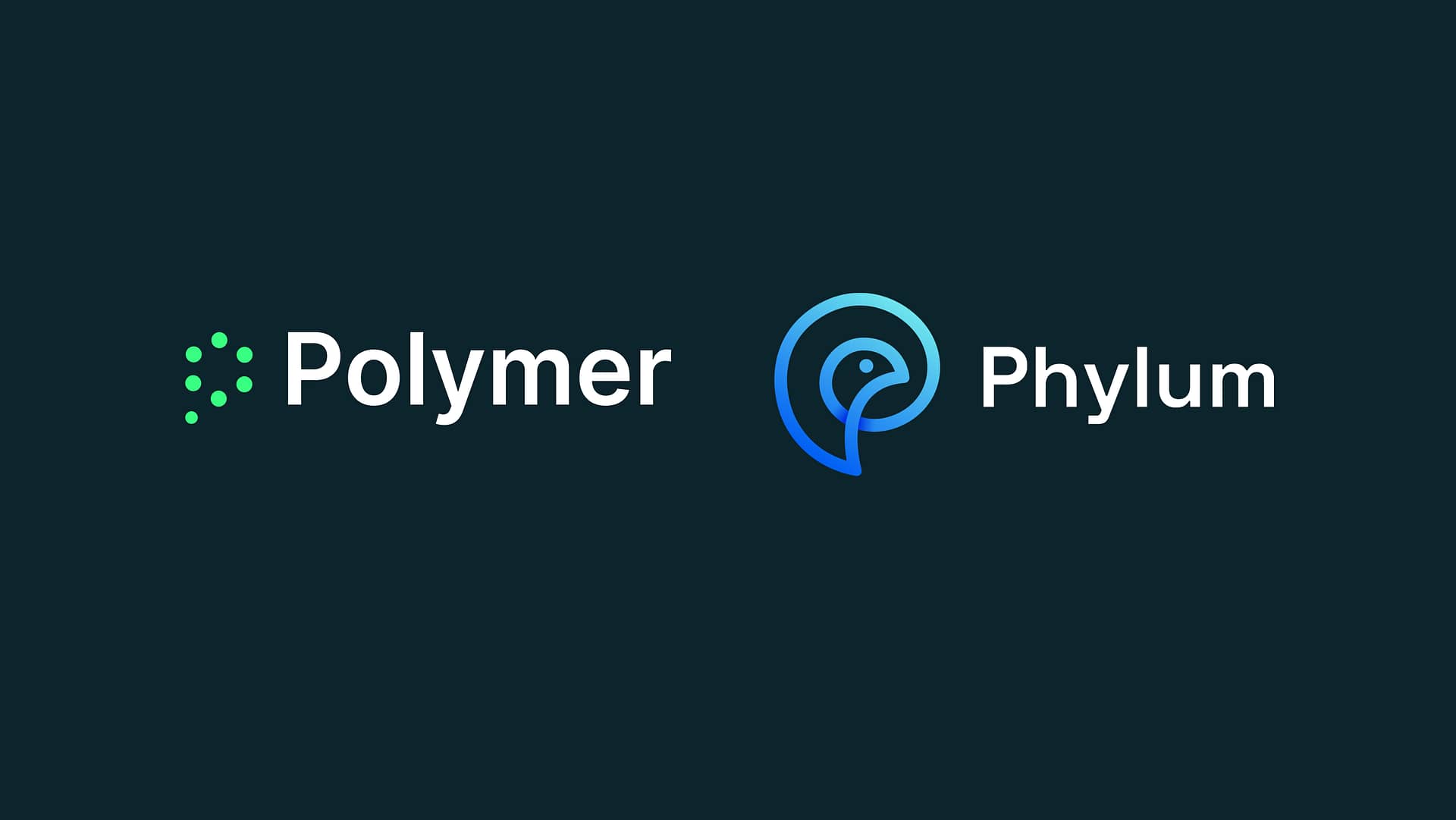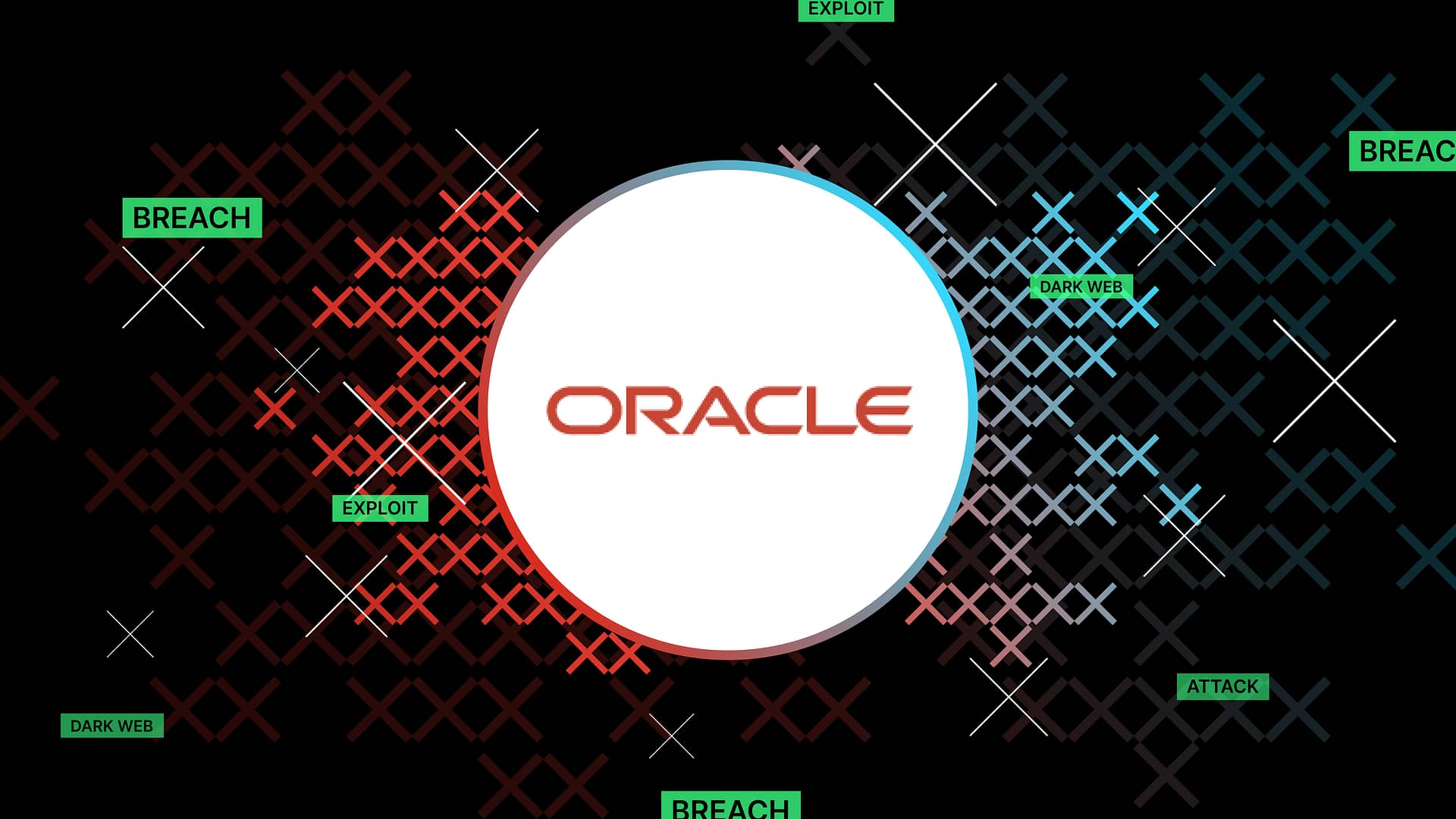Over the weekend, a hacker reportedly breached Oracle Cloud’s infrastructure, siphoning off six million sensitive authentication records and potentially putting over 140,000 enterprise customers at risk.
You’d expect Oracle to be scrambling to reassure its users. Instead, the company has flat-out denied the breach ever happened. In a statement to The Register, Oracle insisted: “There has been no breach of Oracle Cloud. The published credentials are not for the Oracle Cloud. No Oracle Cloud customers experienced a breach or lost any data.”
However, there is no smoke without fire. The leaked data certainly tells a different story.
Let’s take a look at the details.
Timeline of the alleged Oracle breach
The breach allegations surfaced when security researchers discovered a hacker—going by the alias rose87168—selling six million records on the dark web. The hacker claimed the data was exfiltrated from Oracle Cloud’s single sign-on (SSO) and lightweight directory access protocol (LDAP). According to the listing, the stolen data includes java keystore (JKS) files, encrypted SSO passwords, key files, and enterprise manager java process status (JPS) keys.
Adding to the concern, rose87168 alleged that Oracle Cloud’s servers all run a vulnerable software version with a known CVE—one that supposedly lacks a public proof-of-concept (PoC) exploit, making it a prime target.
The threat actor also claimed to have contacted Oracle a month ago, demanding over $200 million in cryptocurrency in exchange for details on the breach. Oracle, according to the attacker, refused.
Shortly after the news broke, Oracle issued a firm denial. The company insisted the leaked credentials were not linked to its cloud platform and that no customers were impacted. However, this statement directly contradicts findings from cybersecurity firm CloudSEK, which initially alerted Oracle to the breach, and then took it to the media.
Security researchers double down on their claims
Despite Oracle’s denial, the security researchers who first uncovered the breach are pushing back—this time with what they call “conclusive evidence” that Oracle Cloud was, in fact, compromised.
According to the cybersecurity firm, the attack was traced to a compromised production SSO endpoint (login.us2.oraclecloud.com), which the hacker allegedly exploited to steal records from more than 140,000 tenants.
Further investigation uncovered even more evidence: the threat actor had actively used the compromised domain to authenticate API requests via OAuth2 tokens. Researchers found proof of this activity in an archived public GitHub repository. This directly contradicts Oracle’s claim that the leaked credentials had nothing to do with its infrastructure. The endpoint in question was, undeniably, in use for production.
And there’s more. When researchers examined the leaked data on the dark web, they discovered real customer domain names belonging to verified Oracle Cloud clients. If Oracle wasn’t breached, how did those end up in the mix?
The fallout
If proven, this breach could have far-reaching consequences—a wake-up call for any organization relying on third-party cloud providers.
The exposure of six million records opens the door to a cascade of security threats, from unauthorized access and espionage to widespread data breaches across interconnected enterprise systems. Even more alarming, the exposure of JKS and key files could allow attackers to pivot deeper into enterprise networks.
Oracle’s stance—outright dismissal without addressing these critical findings—only raises more questions. If the company wants to maintain credibility, it must explain how these sensitive files ended up in the leaked dataset and whether any security gaps were exploited. And if the breach did occur, Oracle’s customers should demand full transparency over how the breach happened, when, and, most importantly, patching instructions.
What to do
While the jury is out on whether the breach is legitimate, potentially impacted organisations would be wise to act quickly. Here’s what security teams should prioritize:
- Assess federated SSO configurations – Immediately review and secure your single sign-on (SSO) settings to identify any potential exposure.
- Rotate credentials and keys – Change any potentially compromised passwords, API keys, or certificates to prevent unauthorized access.
- Monitor for indicators of compromise (IoCs) – Keep an eye out for any suspicious activity linked to the leaked artifacts.
Beyond immediate damage control, this incident is a stark reminder that, when it comes to cloud security, you’re only as strong as your weakest link. To strengthen defenses:
- Implement stronger authentication controls – Enforce multi-factor authentication (MFA) and adopt stricter password policies to mitigate the risk of credential reuse.
- Rethink supply chain security – Blind trust in cloud providers is dangerous. Organizations must adopt a zero-trust approach to supply chain risk management—assuming compromise is always a possibility and verifying every layer of access.
Want to know how to implement zero-trust security? Start here.










